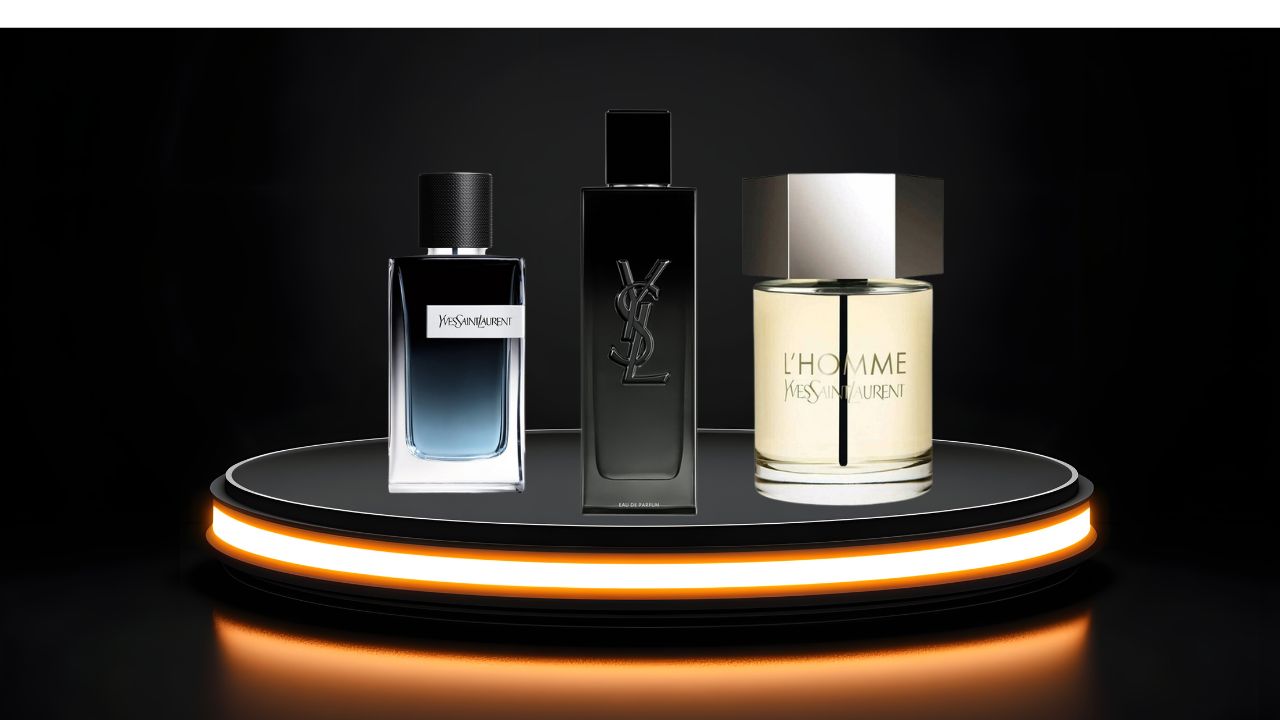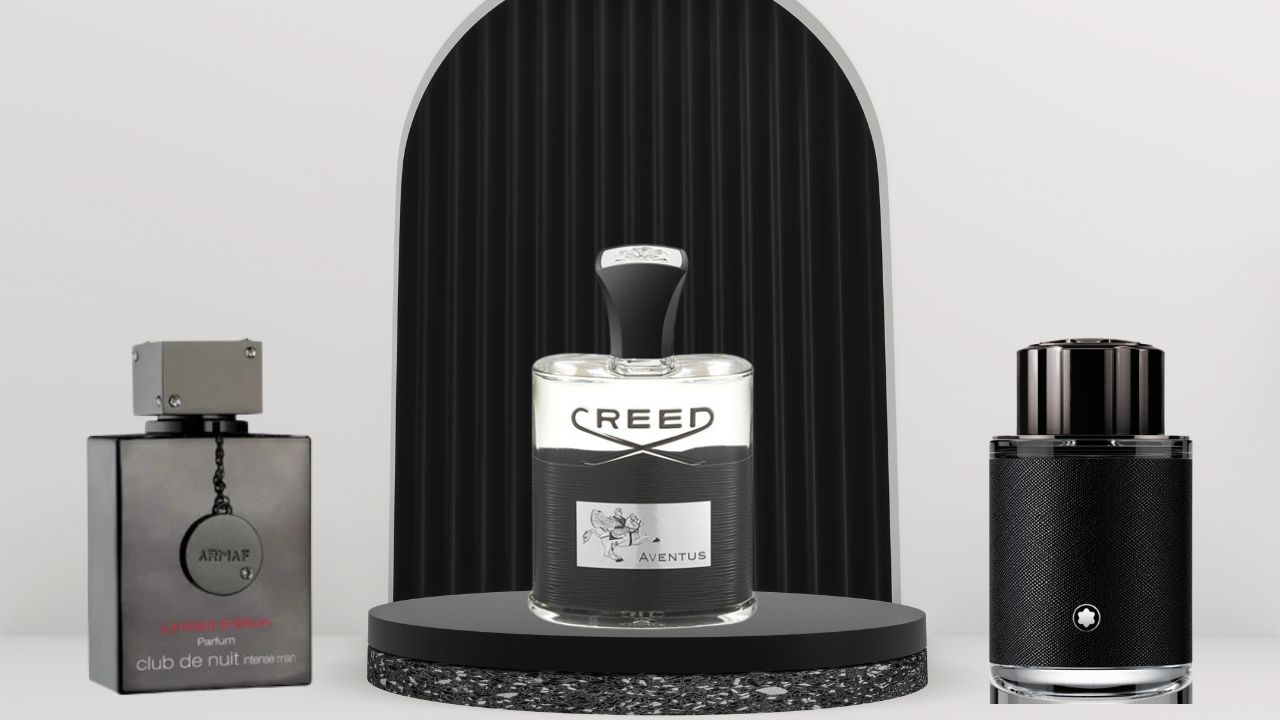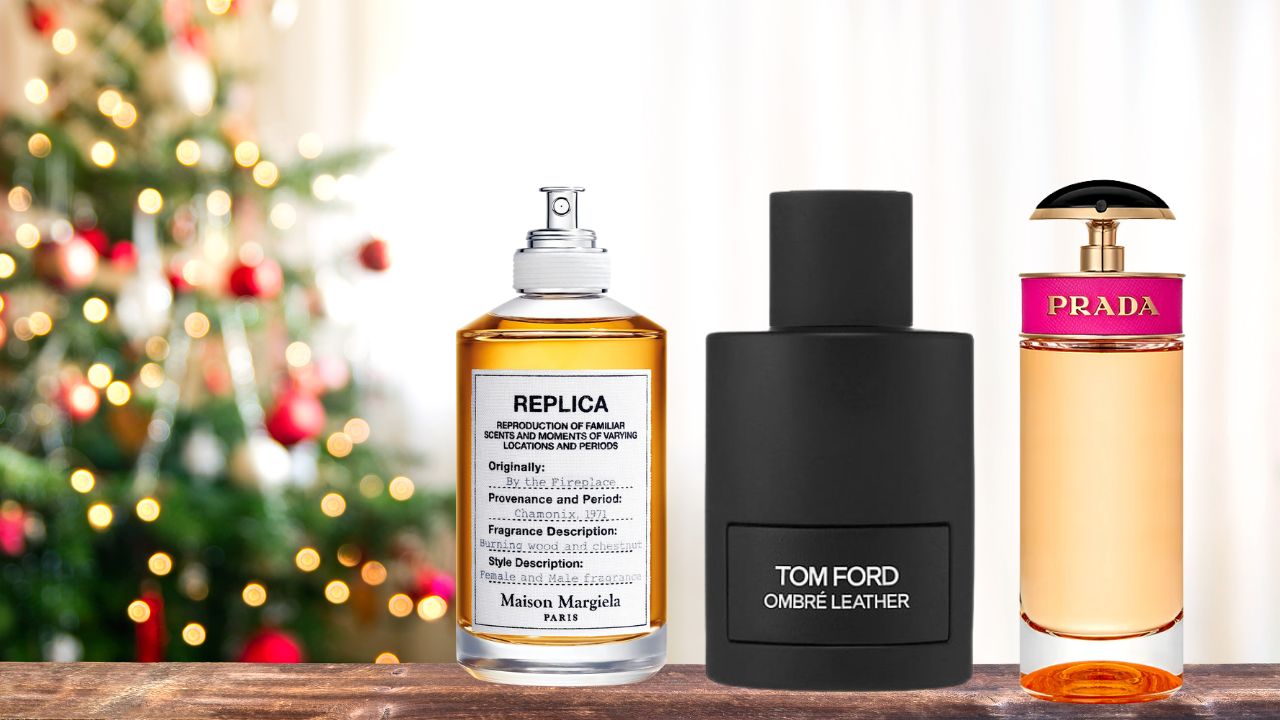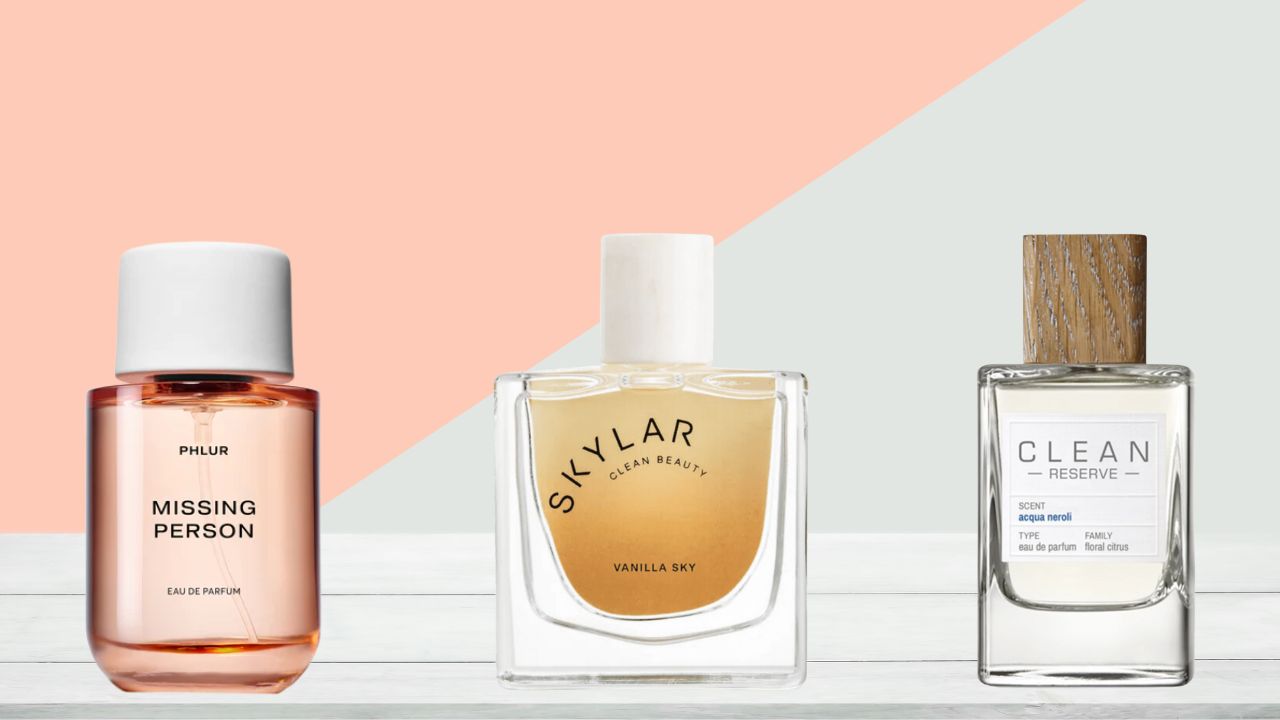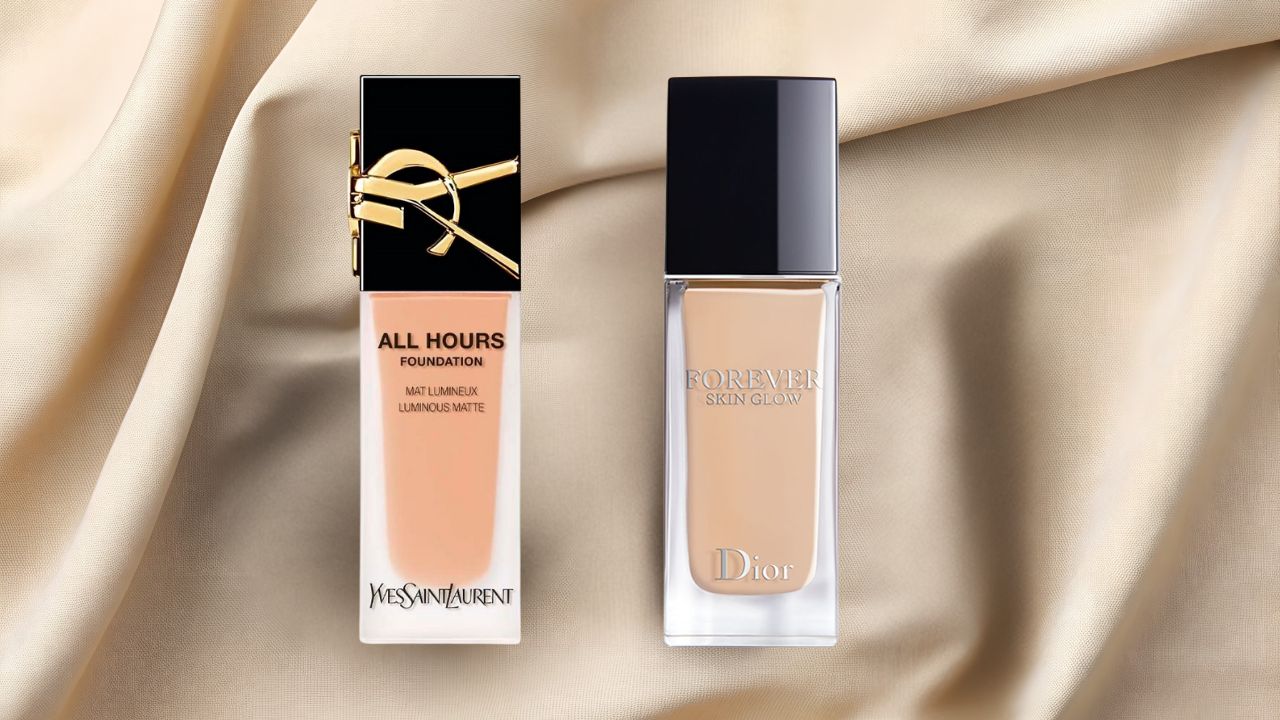Blog
Home / Beauty, Hair & Skin Care / Can You Wear Sunscreen on a Sunbed? The Truth You Need to Know
Categories
Recent Posts
- Best YSL Perfumes for Men in 2026: The Definitive Guide
- Affordable Christmas Perfume Gifts That Actually Feel Luxurious
- The Definitive Guide to Perfumes That Smell Like Creed Aventus: Luxury Scents Without the Luxury Price Tag
- Perfume Advent Calendars: 12 Days of Niche Scents
- Christmas Makeup Ideas: Your Guide to Festive Glamour That Actually Works
Can You Wear Sunscreen on a Sunbed? The Truth You Need to Know
0
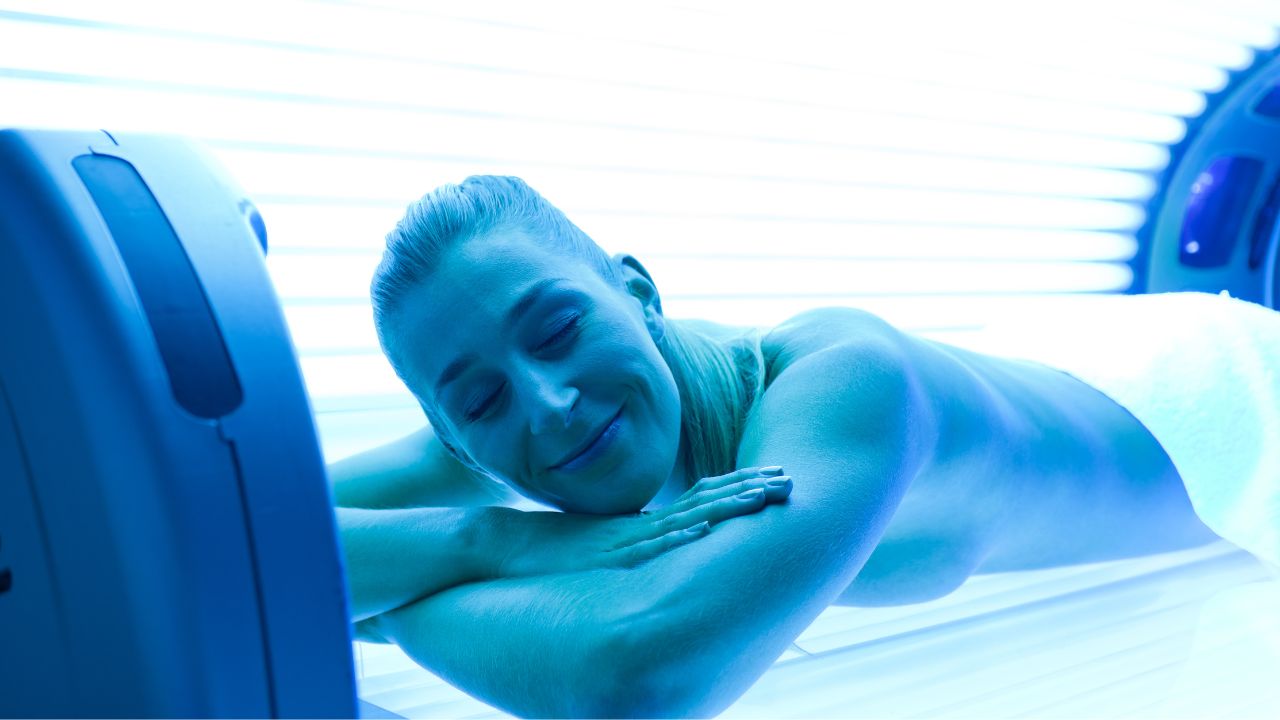
Picture this: You’re about to step into a tanning bed, anticipating that perfect, golden glow. But then a thought crosses your mind: should you use sunscreen? After all, sunscreen is specifically designed to protect your skin from harmful UV rays, right? So, does it logically make sense to apply it while intentionally exposing yourself to intense UV radiation?
This vital question sparks numerous debates in beauty and skincare circles. Some claim that sunscreen completely defeats the purpose of using a sunbed, while others argue it’s absolutely necessary to prevent severe skin damage. So, what’s the definitive answer?
Let’s meticulously break it down and uncover the truth about wearing sunscreen on a sunbed, drawing upon crucial scientific facts and expert recommendations.
The UV Breakdown: UVA vs. UVB
Sunbeds deliberately emit both UVA and UVB rays, just like natural sunlight, but often in different proportions:
- UVA rays (320–400 nm wavelength) penetrate deep into the skin’s dermis layer, causing premature aging, distinct wrinkles, leathery texture, and specific pigmentation changes. They primarily oxidize existing melanin, leading to a quick, immediate tan that often fades swiftly.
- UVB rays (290–320 nm wavelength) affect the skin’s epidermal surface, triggering the production of new melanin for that longer-lasting tan—but they are also the main culprits behind painful sunburns and direct DNA damage.
Unlike outdoor sunlight, commercial sunbeds often feature a significantly higher concentration of UVA radiation. This artificial imbalance speeds up the tanning process, creating a rapid bronzing effect, but it simultaneously increases the inherent risk of profound skin damage, accelerated premature aging, and even various forms of skin cancer.
Given this intense UV exposure, shouldn’t sunscreen be a straightforward choice? Well, it’s far more complex than that.
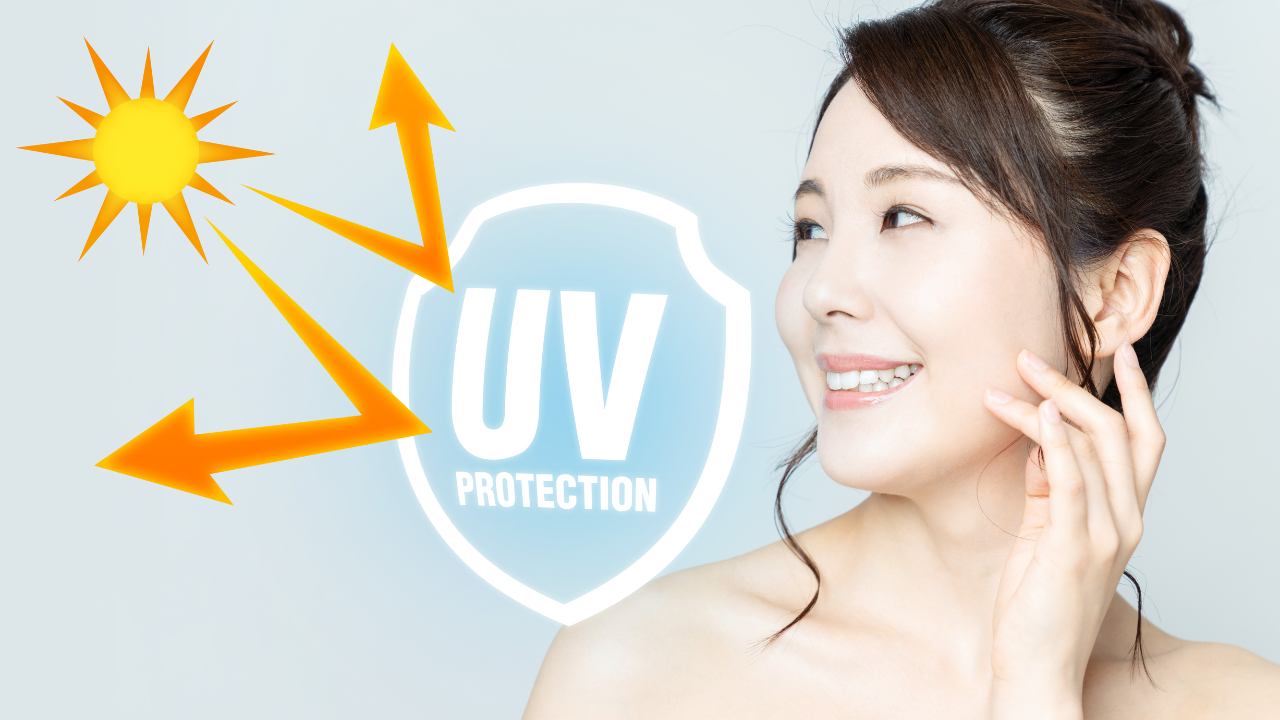
Can You Wear Sunscreen on a Sunbed? The Expert Stance
The short answer: You can technically apply sunscreen before using a sunbed, but it is emphatically not recommended by dermatologists or public health organizations. Doing so is counterproductive to both your tanning goals and, more critically, your skin’s long-term health. Here’s why:
1. It Blocks the Tanning Process
Sunscreen is specifically designed to reduce or prevent UV absorption and penetration into the skin. If you apply an SPF product before a tanning session, it directly limits UV exposure, making it significantly harder to achieve any noticeable tan.
Essentially, you’re investing money in a tanning session that will be less effective, as the protective barrier diminishes the very effect you seek.
2. Increased Risk of Overexposure
Many individuals mistakenly assume that using sunscreen allows them to remain in the tanning bed for extended durations without suffering a burn. This dangerous, false sense of security can lead to prolonged, excessive exposure, drastically increasing the cumulative risk of severe skin damage. Even with sunscreen, you are still exposed to carcinogens.
3. Confusion Between Tanning Lotions and Sunscreen
Some individuals confuse indoor tanning lotions with legitimate sunscreen. Tanning lotions are uniquely formulated to accelerate the cosmetic effects of UV exposure (often containing ingredients like tyrosine or dihydroxyacetone (DHA) to enhance melanin production or create a temporary tint).
These lotions do not offer any meaningful UV protection. Using the wrong product could lead to an ineffective tanning session, or worse, expose you to greater harm by falsely implying safety.
Is There a Safer Way to Tan Indoors?
If your goal is to achieve a beautiful, sun-kissed appearance without incurring dangerous UV damage, the following alternatives are the only truly safe methods:
1. Embrace Sunless Tanning Methods
This is the gold standard for achieving a tan without any UV radiation.
- Self-tanning mousses or sprays: These products contain DHA, a colorless sugar that reacts with amino acids in the skin’s outermost layer to create a temporary, natural-looking tan. Apply evenly for best results.
- Professional spray tans: Applied by trained technicians, these offer a streak-free, customized tan in minutes. They are highly effective and completely UV-free.
- Bronzing drops: Mix these concentrated drops into your daily moisturizer for a gradual, customizable glow.
2. Understand “Sunbed-Specific Tanning Lotions”
If a salon recommends an “accelerator” or “bronzer” lotion, understand that these products are designed to enhance the tanning process, not protect you from UV. They do not substitute for actual sun protection. The American Academy of Dermatology advises against all forms of indoor tanning, regardless of lotions used.
3. Hydrate & Moisturize Diligently
UV exposure, even minimal, can dehydrate skin, making fine lines and a dull complexion more apparent. A diligently applied moisturizer, rich in humectants and emollients, along with consistent internal hydration (drinking ample water), can help keep your skin looking plump, resilient, and healthy, mitigating some cosmetic damage. A good moisturizer and drinking plenty of water can help keep your skin looking plump and healthy.
The Undeniable Dangers of Indoor Tanning
Skipping sunscreen does not make sunbeds safe; indeed, indoor tanning dramatically escalates your health risks. According to the World Health Organization (WHO) and the International Agency for Research on Cancer (IARC), tanning beds are classified as Group 1 carcinogens—the highest risk category, alongside tobacco and asbestos. This classification signifies a definitive link to cancer.
Here’s what excessive sunbed use, with or without inadequate sunscreen, can lead to:
- Elevated Skin Cancer Risk: Indoor tanning before the tender age of 35 increases the risk of melanoma (the deadliest form of skin cancer) by a staggering 75%. It also significantly raises the risk of basal cell carcinoma and squamous cell carcinoma, which are the most common types.
- Accelerated Premature Aging: Consistent UVA ray exposure directly breaks down vital collagen and elastin fibers in the skin, causing irreversible premature aging. This manifests as distinct wrinkles, fine lines, unwanted sagging, and a visibly leathery texture over time.
- Hyperpigmentation: Uneven skin tone, persistent dark spots (like solar lentigines or age spots), and challenging melasma can prominently appear due to chronic UV exposure, creating a blotchy complexion.
- Ocular Damage: Unprotected eyes are susceptible to serious damage, including cataracts, photokeratitis (sunburn of the cornea), and even ocular melanoma, a rare but dangerous eye cancer. Proper, protective eyewear (goggles) designed for sunbeds is essential, but even then, residual risk exists.
- Immune System Suppression: UV radiation can temporarily suppress the body’s immune system, making it more vulnerable to infections and potentially reducing its ability to fight off cancerous cells.
If you are a frequent sunbed user (though strongly discouraged), scheduling regular, thorough skin check-ups with a qualified dermatologist is absolutely crucial to vigilantly monitor any abnormal moles or suspicious spots.
Protect Your Glow the Smart Way
Sunscreen and sunbeds cancel each other out. Sunscreen is meant to block harmful UV rays, while sunbeds are designed to intensify them. Applying SPF before tanning not only reduces the tanning effect but also gives a false sense of protection — leaving your skin vulnerable to the deep, invisible damage caused by UVA and UVB radiation. The truth? There’s no safe way to tan in a sunbed.
But sunscreen remains your skin’s most powerful defense. Whether you’re outdoors, driving, or sitting near a sunny window, daily sunscreen use is non-negotiable. A good SPF prevents sunburn, photoaging, and hyperpigmentation, keeping your skin even-toned, healthy, and radiant for the long run.
Discover the top-rated sunscreens at Beautinow – where innovation meets protection, and every formula is crafted to shield your skin without compromising comfort or glow.
Why choose Beautinow for your sunscreen essentials:
- Guaranteed Authenticity: Every sunscreen is sourced directly from authorized Korean and global distributors, ensuring genuine, effective UV protection with verified SPF ratings.
- Expert Curation: Our skincare team handpicks lightweight, non-greasy formulas that deliver superior broad-spectrum protection while feeling invisible on the skin.
- Complete Sun Care Range: Explore our collection of daily SPFs, tone-correcting sunscreens, and UV-defense moisturizers designed to suit all skin types and routines.
- Fresh Stock Guarantee: We maintain strict storage and fast turnover to keep every sunscreen fresh, stable, and performing at its best.
- Education and Support: Get detailed product insights, usage tips, and honest reviews so you can choose and apply your SPF with total confidence.
Invest in your skin’s future with dermatologist-approved sunscreens that defend, hydrate, and enhance your natural radiance every single day. A lasting glow begins with consistent care — and a daily layer of SPF is the smartest beauty investment you’ll ever make.
Frequently Asked Questions
Q: What is 3 minutes on a sunbed equivalent to?
A: Three minutes on a sunbed can be equivalent to about 20 to 30 minutes of exposure to the midday sun, depending on the bed’s UV strength and your skin type. Most tanning beds emit far higher levels of UVA radiation than natural sunlight, which means even a short session can trigger DNA damage, accelerate skin aging, and increase the risk of developing skin cancer.
Q: How to protect your face on a sunbed?
A: Dermatologists strongly advise against sunbed use altogether, but if you still decide to tan indoors, protecting your face is essential. Always wear protective goggles and consider applying a high-SPF facial sunscreen or UV-blocking barrier cream if allowed by the salon. The skin on your face is thinner and more prone to premature aging, pigmentation, and collagen breakdown, so keeping it covered or protected helps minimize irreversible UV damage.
Q: Can you use normal SPF on a sunbed?
A: No, using regular SPF on a sunbed isn’t recommended. Sunscreen is formulated to block or absorb UV radiation, which interferes with the tanning process but doesn’t eliminate the harmful effects of UV exposure. Applying SPF before tanning can create a false sense of safety, leading to longer sessions and more potential skin damage. If you want a golden glow without the risks, opt for sunless tanning alternatives and reserve SPF use for what it’s made for—daily sun protection and long-term skin health.
Related posts
Best YSL Perfumes for Men in 2026: The Definitive Guide
In the hushed corners of Parisian perfumeries, where light filters through crystal bottles and conversation turns to notes of vetiver a...
Affordable Christmas Perfume Gifts That Actually Feel Luxurious
There's something inherently intimate about gifting fragrance—it's a gesture that says you've paid attention, that you understand someo...
The Definitive Guide to Perfumes That Smell Like Creed Aventus: Luxury Scents Without the Luxury Price Tag
There's a certain magnetism to walking into a room wearing the right fragrance. It's not loud, it's not desperate—it's simply there, co...
Perfume Advent Calendars: 12 Days of Niche Scents
There's something quietly revolutionary happening in the world of fragrance, and it arrives in December wrapped in numbered boxes. Forg...
Christmas Makeup Ideas: Your Guide to Festive Glamour That Actually Works
Picture this: You're getting ready for the season's most anticipated gathering, and you're faced with the same tired holiday makeup dil...
Perfumes That Smell Like Christmas: Your Guide to Festive Fragrance Magic
There's something almost alchemical about the way certain fragrances can transport you instantly to a snow-dusted evening in December, ...
Perfume for Sensitive Skin That Won’t Cause Allergies: The Essential Guide to Scent Without Irritation
There's a particular kind of disappointment that comes with finding a fragrance you love, only to discover hours later that your skin h...
10 of the Classic Perfumes That Never Go Out of Style: The Timeless Fragrances That Define Elegance
In the hushed elegance of a Parisian boutique, where crystal flacons catch the afternoon light like precious jewels, something remarkab...
Perfumes with the Most Beautiful Bottles: Where Art Meets Olfactory Excellence
In a world where first impressions are everything, the bottle sitting on your vanity speaks volumes before you've even spritzed a singl...
10 Best Chanel Perfumes: Timeless Elegance in Every Bottle
In the world of luxury fragrance, few names command the reverence and recognition that Chanel does. Picture this: it's 1921, and Gabrie...
The 10 Best Women’s Perfumes for Xmas Gifts: Luxury Fragrance Gift Guide 2025
Choosing the perfect women's perfume for Xmas gifts requires more than walking into a store and picking the prettiest bottle. The right...
Dior Foundation vs YSL Foundation: The Ultimate 2025 Comparison Guide
Standing in front of the luxury foundation counter, you're faced with a decision that's both exciting and overwhelming. Two beautiful b...
Comments


